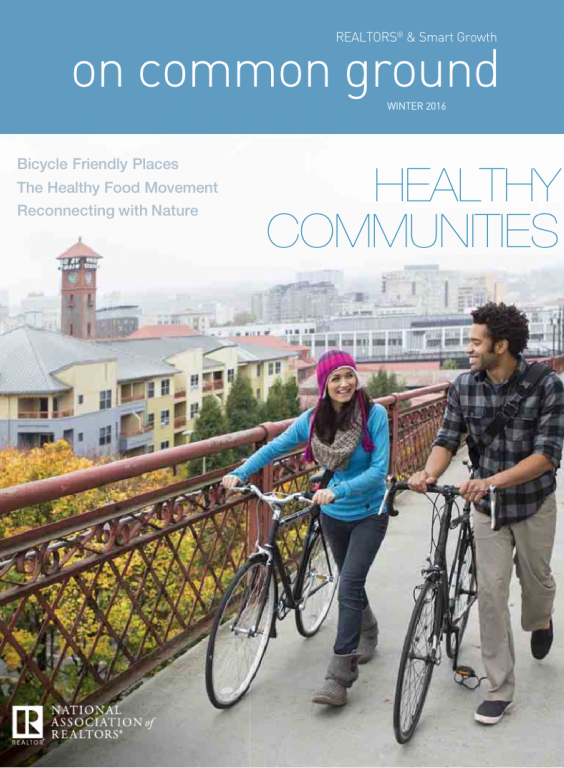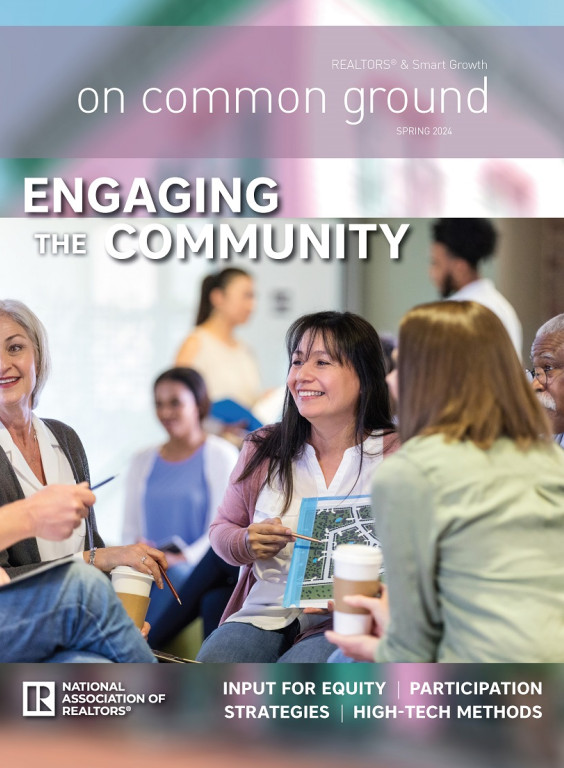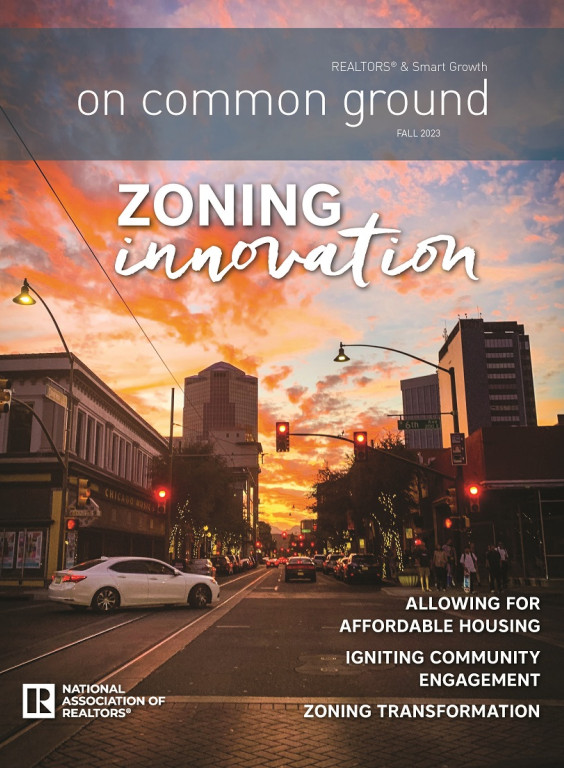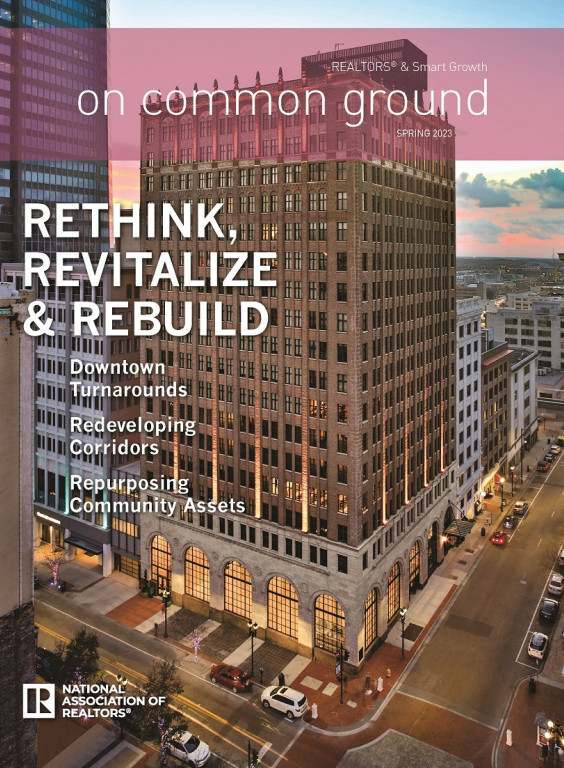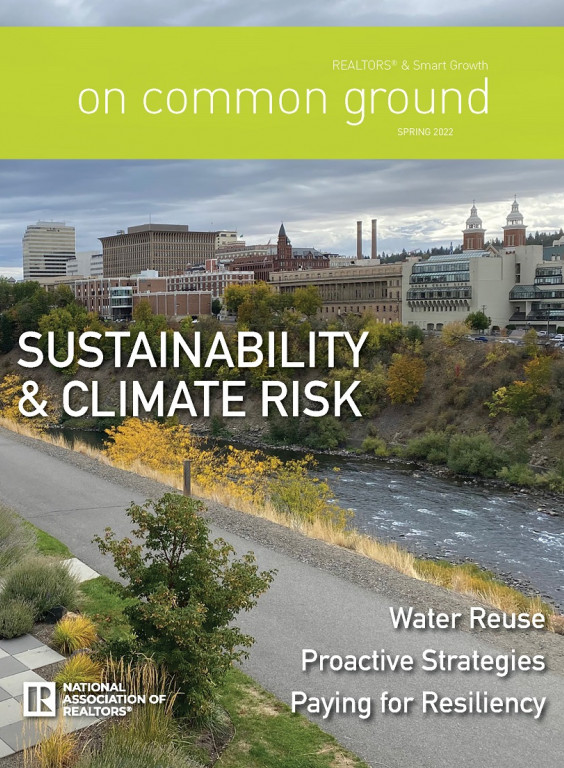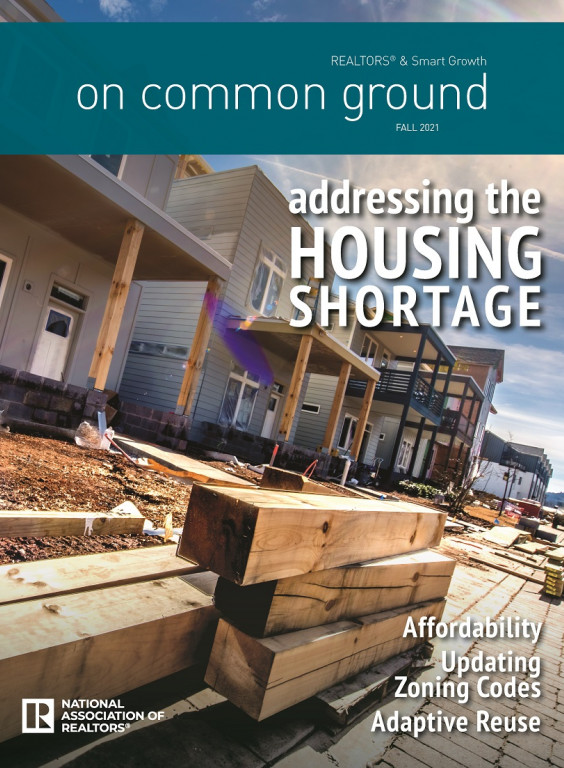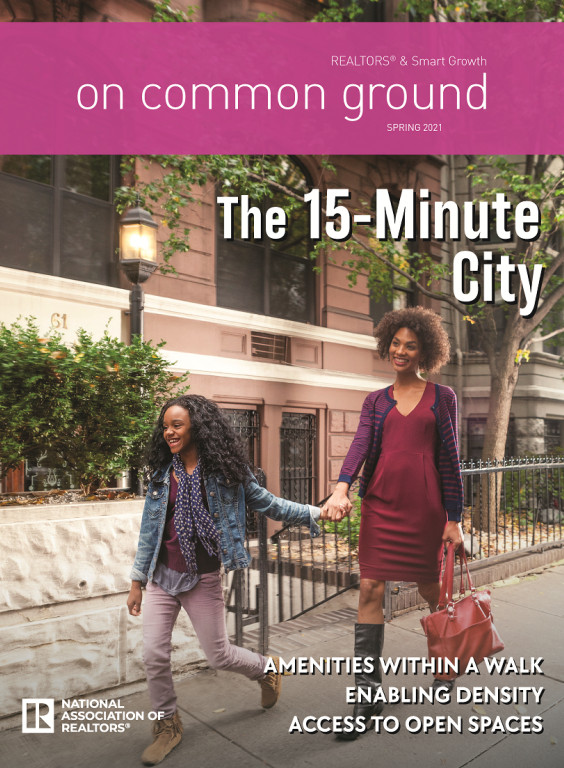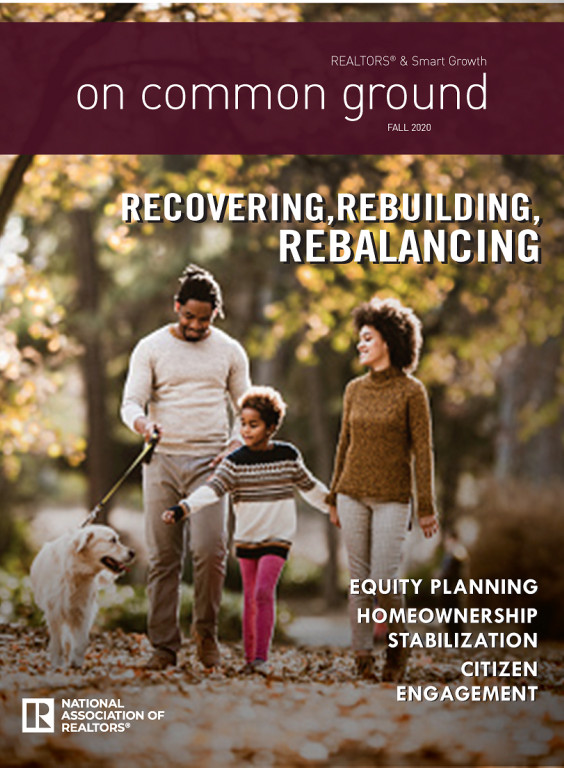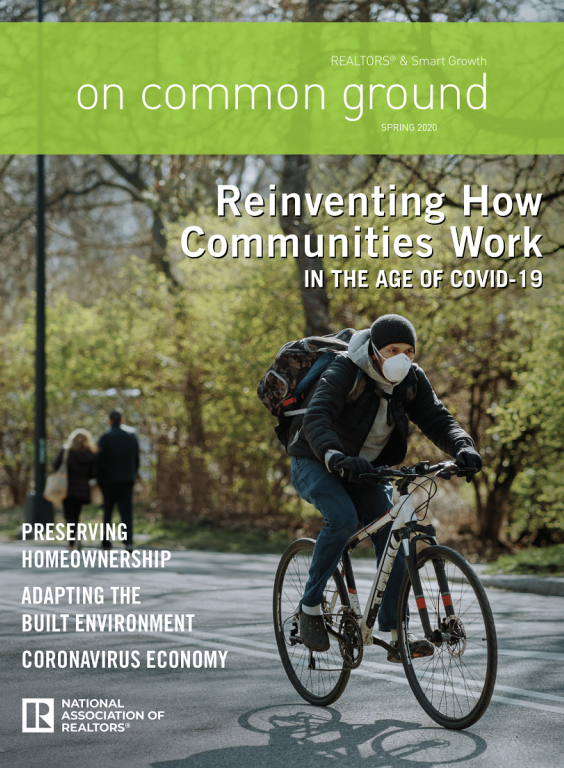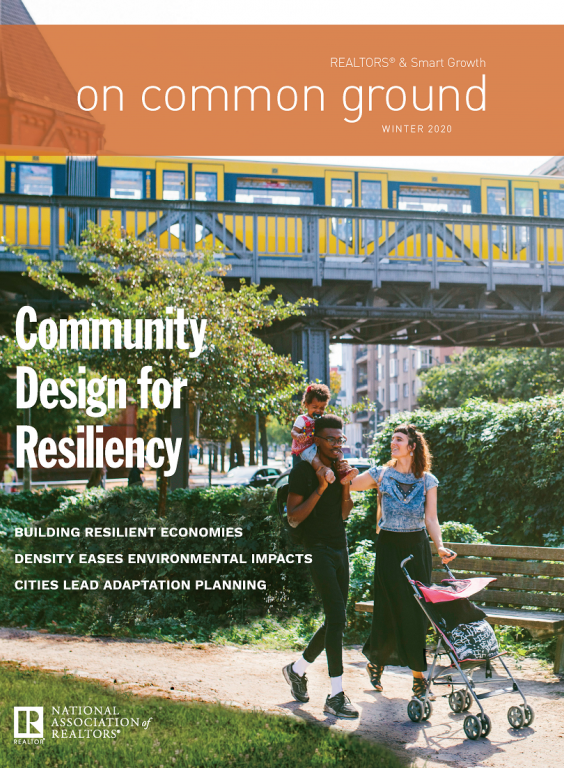As research increasingly shows that contact with the natural world is essential for our well-being, providing better access to nature and parks is now seen as a health issue rather than just an aesthetic one. How we build and grow our communities can have a large impact on our health and quality of life. Learn more in the Winter 2016 issue of On Common Ground.
Download (PDF: 10.45 MB)
In This Issue
Much of the built environment in America is designed with driving, not walking, in mind.
Bicycle riding eliminates carbon emissions, favors compact neighborhoods over sprawl, and fosters a balanced transportation system with parity among different travel modes.
To ward off chronic disease, health pros take on everything from regional plans to housing design.
Community gardens aren’t just for the Birkenstock-wearing crowd anymore.
Hundreds of thousands of corner and rural stores lack healthy food options.
Schools are cooking up healthier students and better communities by beefing up their food options.
Regional food hubs aim to make locally sourced, healthy food available to everyone.
Millennials' transportation preferences could point to a long-term shift in the way Americans commute to work, do errands and socialize.
When author Richard Louv was growing up on the outskirts of Kansas City in the 1950s and early 1960s, he spent his free time organizing pick-up games in neighbors' yards and in parks, scrambling around in the woods near his home — collecting snakes, sometimes poisonous ones — and building forts and treehouses. He was also something of a rebel, too, pulling up surveyors'...
Returning streams to the open restores their function as green infrastructure and recaptures a lost public amenity.
More and more cities are transforming outdated eyesores into natural spaces filled with shady trees, native plants and grass-lined paths.













